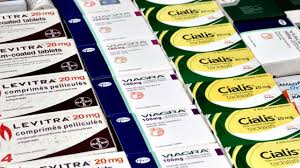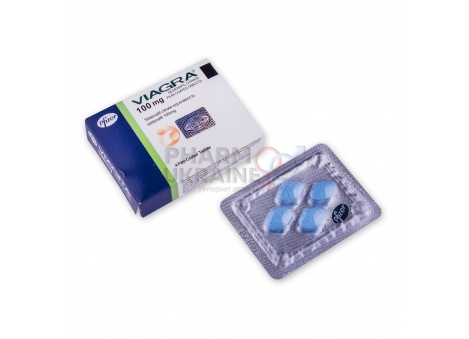
Understanding Antikoagulancia: Benefits, Risks, and Management
Antikoagulancia, or anticoagulants, are a group of medications essential for the prevention and treatment of thromboembolic disorders. These medications work by inhibiting various components of the coagulation cascade, thereby reducing the likelihood of blood clot formation. Patients at risk for conditions such as deep vein thrombosis (DVT) or pulmonary embolism (PE), as well as those with atrial fibrillation or other arrhythmias, often rely on these life-saving medications. For more information on anticoagulants, you can visit Antikoagulancia https://liekprekazdeho.sk/antikoagulancia/.
Types of Antikoagulancia
The primary classes of anticoagulants include Vitamin K antagonists, direct oral anticoagulants (DOACs), and heparins. Each class has a unique mechanism of action, indications, and considerations regarding usage.
1. Vitamin K Antagonists

Vitamin K antagonists, such as warfarin, are among the oldest anticoagulants still in use today. They work by inhibiting the synthesis of vitamin K-dependent clotting factors II, VII, IX, and X in the liver. Warfarin requires regular monitoring of INR (International Normalized Ratio) to ensure therapeutic levels and minimize the risk of bleeding complications. Due to its potential interactions with various medications and dietary components, patient education is crucial in managing therapy effectively.
2. Direct Oral Anticoagulants (DOACs)
Direct oral anticoagulants, which include drugs such as rivaroxaban, apixaban, edoxaban, and dabigatran, have gained popularity as alternatives to warfarin due to their predictable pharmacokinetics and minimal monitoring requirements. Each of these medications targets specific clotting factors, such as Factor Xa or thrombin, thus providing effective anticoagulation with fewer dietary restrictions. However, a major consideration is the lack of specific antidotes for some DOACs, raising concerns regarding management in cases of bleeding or emergency surgery.
3. Heparins
Heparin is a naturally occurring anticoagulant that can be classified into low molecular weight heparins (LMWH) and unfractionated heparin. LMWHs, such as enoxaparin and dalteparin, are commonly used for DVT prophylaxis and treatment owing to their ease of use and predictable pharmacodynamics. Unfractionated heparin is often used in a hospital setting for acute cases and requires frequent monitoring of activated partial thromboplastin time (aPTT).
Indications for Antikoagulancia Use
Antikoagulancia are primarily indicated in several clinical scenarios:
- Atrial Fibrillation: Patients with atrial fibrillation are at a heightened risk for thromboembolic events. Anticoagulation therapy reduces the risk of stroke significantly.
- Deep Vein Thrombosis (DVT) and Pulmonary Embolism (PE): Anticoagulants are essential in the treatment and prevention of DVT and PE, often initiated during hospitalization and continued on an outpatient basis.
- Mechanical Heart Valves: Patients with mechanical heart valves often require long-term anticoagulation to prevent thrombus formation on the valve surface.
- Postoperative Prophylaxis: Individuals undergoing certain surgeries, particularly orthopedic procedures, often receive prophylactic anticoagulation to minimize the risk of DVT.

Risks and Complications of Antikoagulancia Therapy
While antikoagulantia offer significant therapeutic benefits, they are not without risks. The most concerning complication is bleeding, which can range from minor bruising to life-threatening hemorrhages. Other potential risks include:
- Drug Interactions: Certain medications, supplements, and even dietary changes can affect the efficacy and safety of anticoagulants, especially with warfarin.
- Individual Variability: Each patient’s response to anticoagulants can vary widely, necessitating individualized dosing and monitoring.
- Reversal Considerations: The management of bleeding or urgent surgical needs may require specific reversal agents, particularly for newer agents like DOACs.
Management and Monitoring of Antikoagulancia Therapy
Effective management of anticoagulation therapy involves patient education, regular monitoring, and adjustment as necessary:
- Patient Education: Informing patients about the importance of adherence, recognizing signs of bleeding, and understanding dietary interactions is critical for safe anticoagulation.
- Regular Monitoring: For patients on vitamin K antagonists, regular INR checks are mandatory to ensure safe and therapeutic dosing. For DOACs, while routine monitoring is generally not required, renal function assessments should be performed periodically.
- Follow-Up: Scheduled follow-up appointments are vital in reassessing the need for anticoagulation, as well as adjusting dosages based on clinical scenarios.
Conclusion
Antikoagulancia play a crucial role in the management of thromboembolic disorders, offering significant benefits in preventing strokes and blood clots. Understanding the different classes of anticoagulants, their indications, risks, and management strategies is essential for healthcare providers and patients alike. With proper education and monitoring, the majority of patients can be safely managed on anticoagulation therapy, leading to improved outcomes and quality of life.
